In 2005 I was leading a field trip with high school students in a salt marsh on Santa Rosa Island near Pensacola Beach. As we explored a brackish water creek, we came across a three-foot red mangrove tree, prop roots and all. To say we were surprised and excited would be an understatement.
Most know that mangroves are trees that can tolerate seawater and grow along estuarine shorelines across the tropics, including south Florida. They can form dense forests that support all sorts of aquatic and terrestrial wildlife. They need calm protected waters to establish themselves but once established are excellent at protecting shoreline communities during hurricanes. However, they cannot tolerate cold weather, only surviving freezing temperatures for one or two nights.
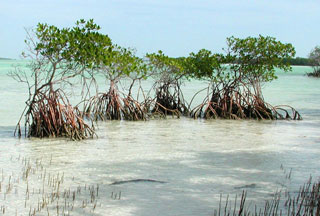
Photo: University of Florida
Growing up in Pensacola we would often find red mangrove propagules (seedlings) washed ashore arriving from the tropical parts of the Gulf. They were generally on the Gulf side of Santa Rosa Island and Perdido Key but never germinated. If they were carried into the estuary, and found a protected lagoon to begin germination, they would not survive our winters. This is what made finding an established three-foot mangrove in a lagoon off Santa Rosa Sound in 2005 so surprising.
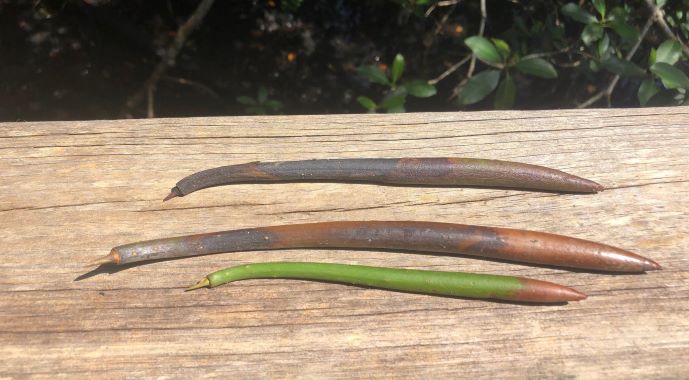
Historically mangroves were not found north of Tampa Bay. However, in recent decades they have become established as far north as Cedar Key. Trying to determine whether the mangrove we found was the northern most in Florida I found that they were also expanding along the east coast of Florida as far north as St. Augustine, and there were records in the Jacksonville area. Many attribute this to climate change. Our winters are milder than they were when I was a kid, and this may be leading to what many are calling the “tropicalization of northern Gulf of Mexico”. Not only mangroves, but other historically south Florida species, such as snook and bonefish, have been reported along the panhandle.
In 2017 I was leading another high school group on a field trip in a salt marsh in Big Lagoon State Park. We found a germinated seedling of a red mangrove doing very well. We explored more and found seven others in the nearby area. How many more were growing in the Pensacola Bay area?
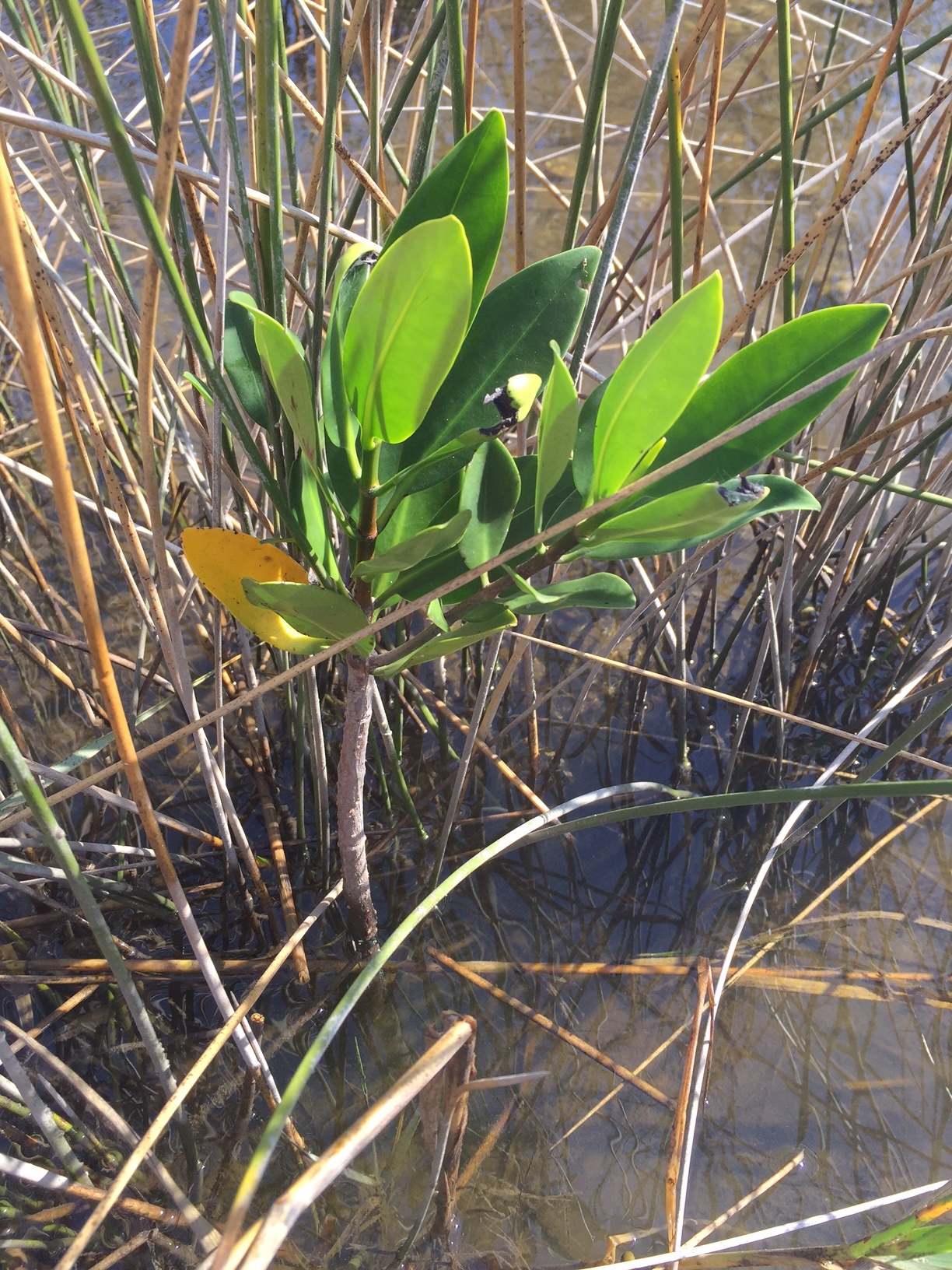
We partnered with a research team from Dauphin Island Sea Lab who was looking into this as well. The team included extension agents and specialists from Florida and Mississippi-Alabama Sea Grant, as well as biologists from the National Estuarine Research Reserves in Mississippi, Alabama, and Florida panhandle. Each county/region selected 10 transect sites that had the highest probability of mangroves to monitor each year. Mangroves appear to be established on some of the Mississippi barrier islands, as well as in St. Joe Bay. Individuals have been reported from Bay County. A ninth mangrove was found in Escambia County but a hard freeze in 2018 killed them all. Since then, one young multi-year red mangrove was found on NAS Pensacola. It died in the hard freeze of 2023. Despite the hard freezes, those established in St. Joe Bay seem to be holding on. I decided to make a visit and see.
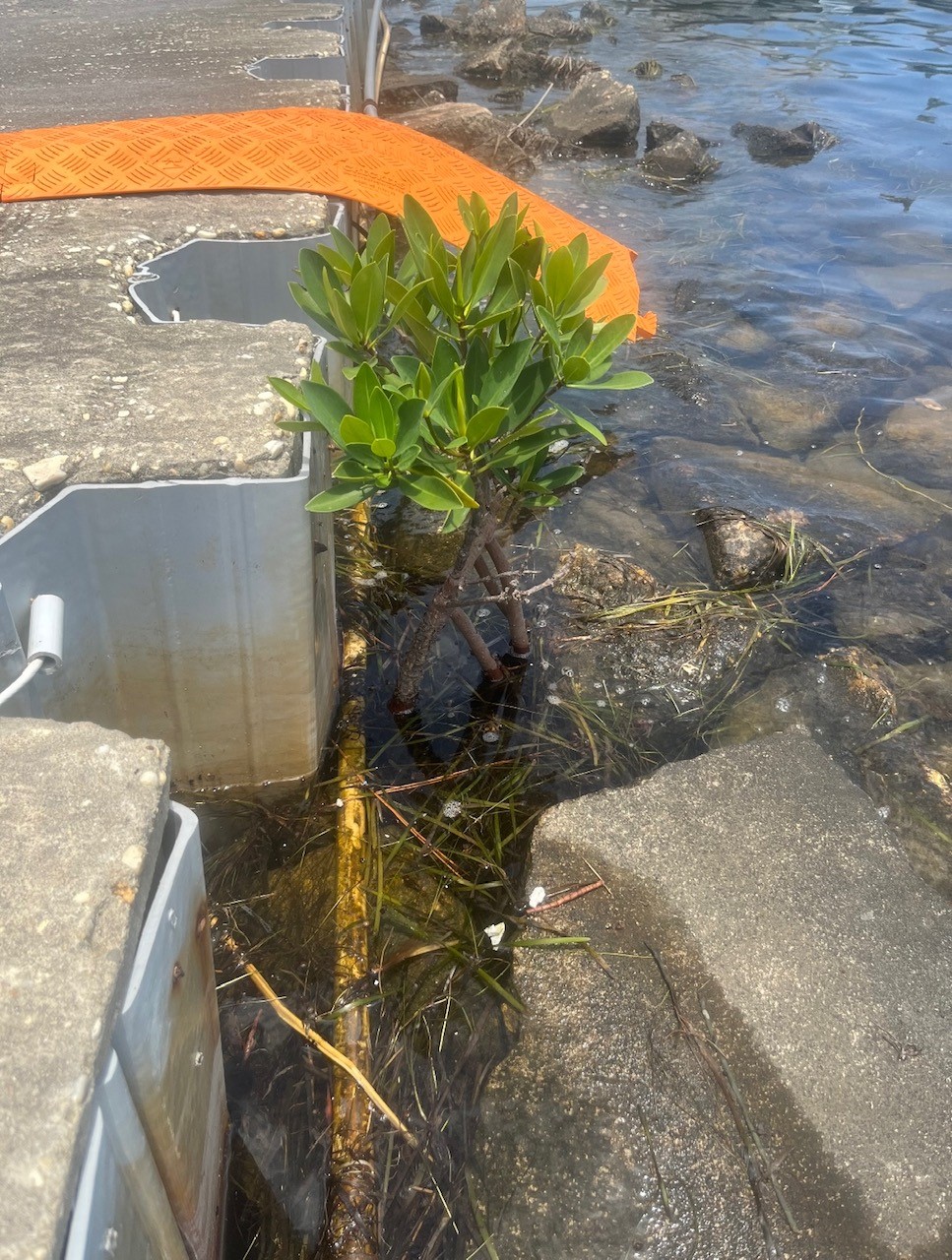
Photo: Whitney Scheffel.
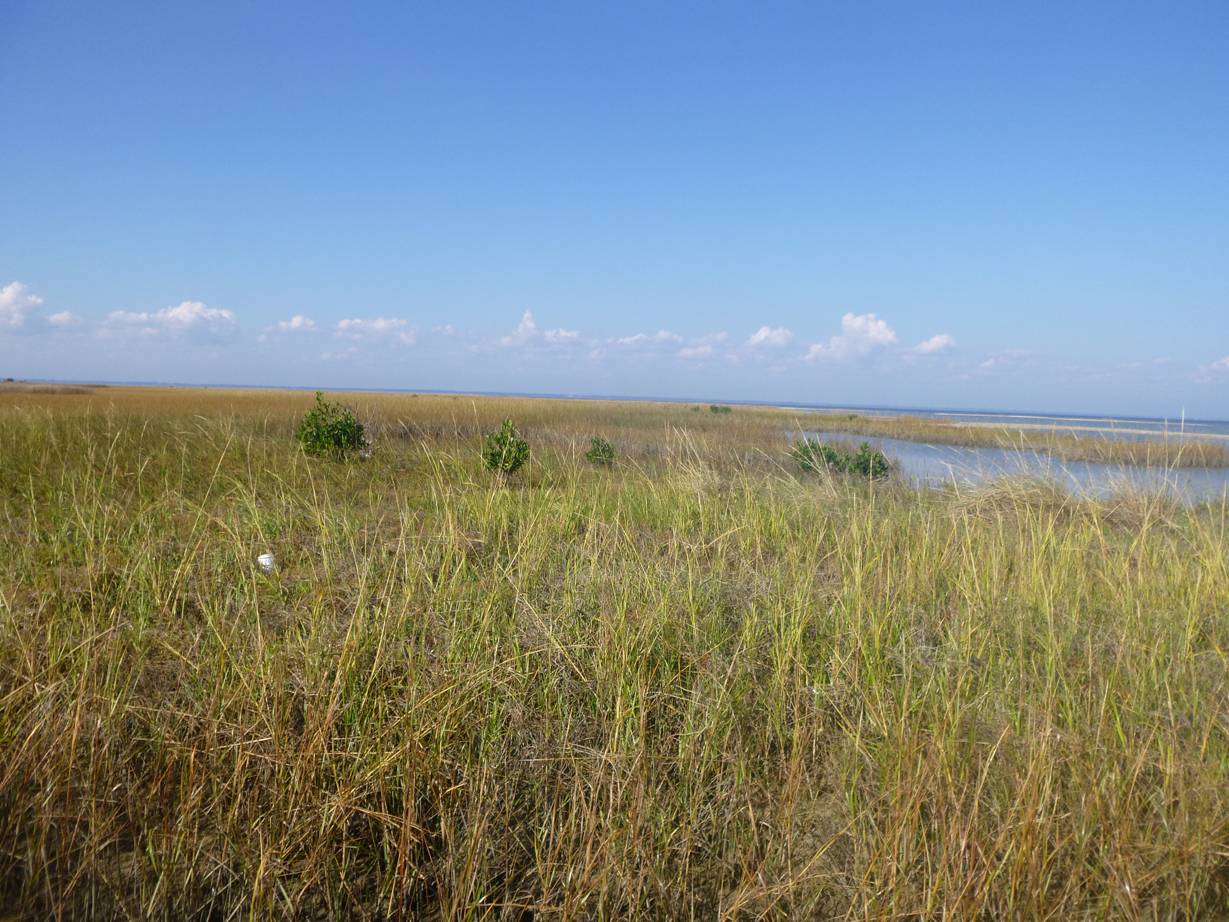
Photo: Joshua Hobson
Wading out from the buffer preserve with Gulf County Sea Grant Agent Ray Bodrey, we found relatively large patches of mangroves, and seeds suggesting active expansion was ongoing. But I noticed the species we were seeing were black mangroves. I mentioned to Ray that what we had seen in Pensacola were red mangroves. He said that the red mangroves have a hard time here as well. Black mangroves are more tolerant of cold weather, and it is they who are establishing these large patches. There are reports of large patches of mangroves on the Mississippi barrier islands – and they are the black mangroves as well. I know that black mangroves have been established in the Chandeleur Islands in Louisiana for decades. I am convinced that if black mangroves seeds were to reach protected lagoons in Pensacola Bay, they would probably do well here as well.
I continue to conduct our transects each year in the Pensacola Bay area. I have a couple of trained volunteers helping me but could always use more. If you think you have seen a mangrove growing in the Florida panhandle, we would love to know and document their location. We know they are established in Gulf County, so our focus is now Escambia to Bay counties. If you think you have seen one, contact me at roc1@ul.edu or your county Sea Grant Agent.
 1
1
